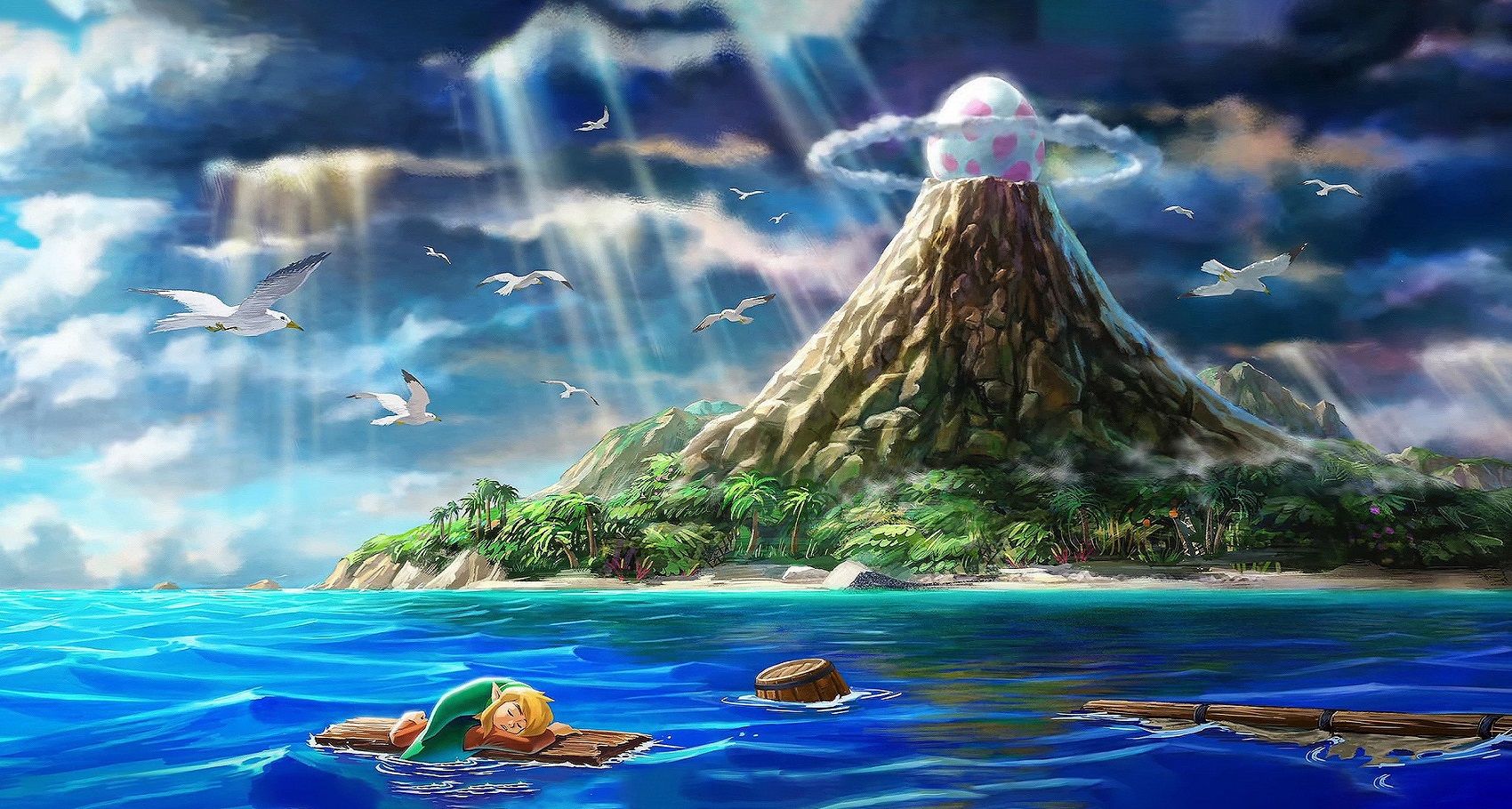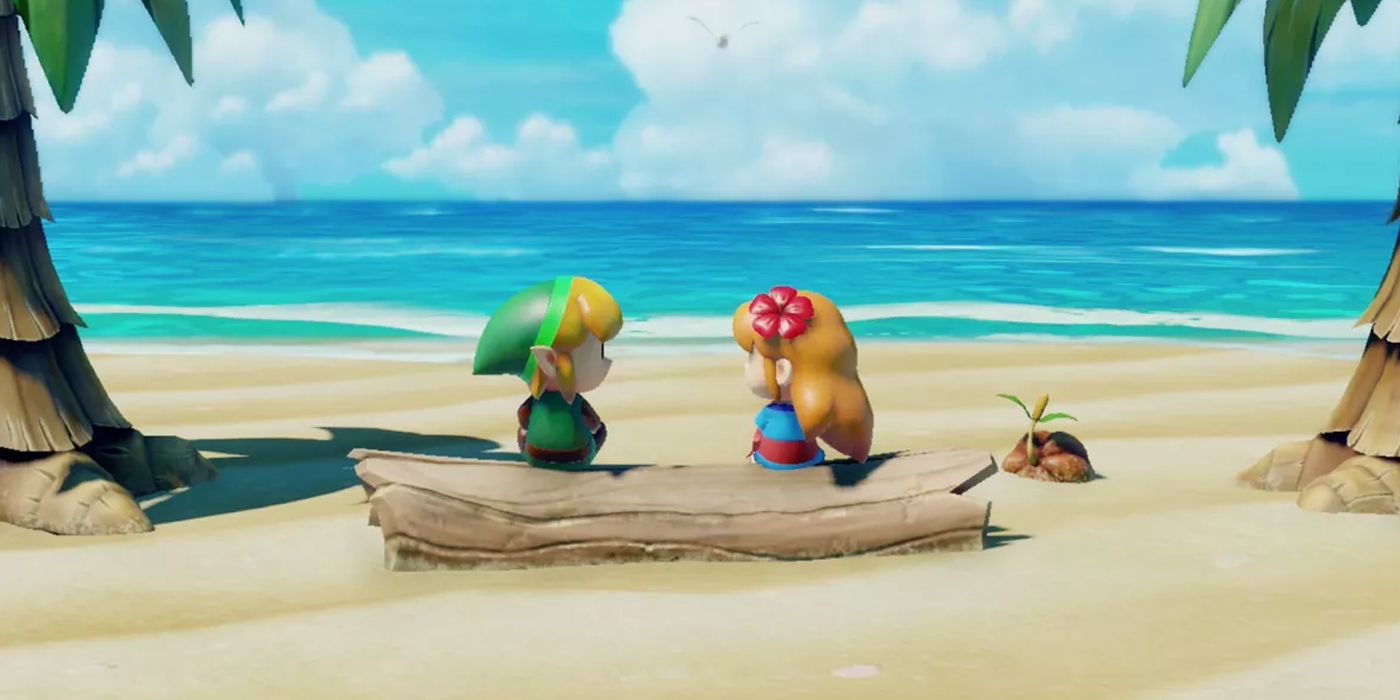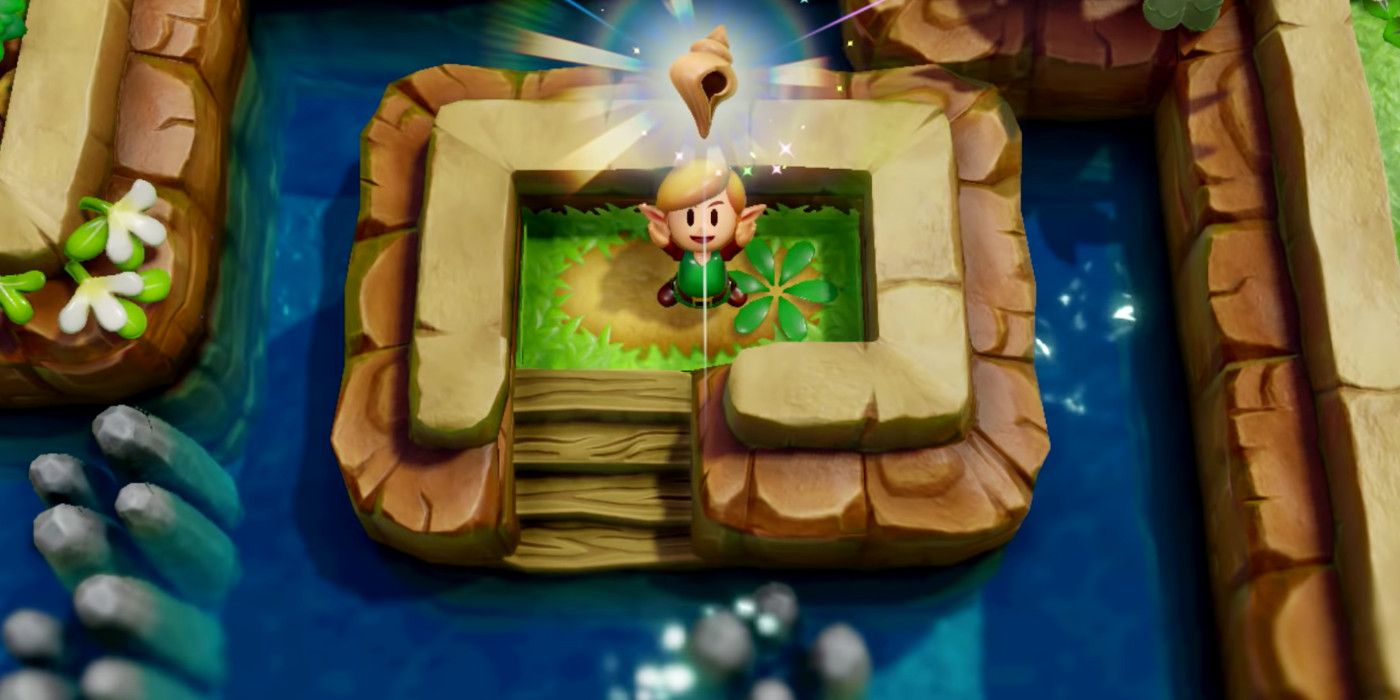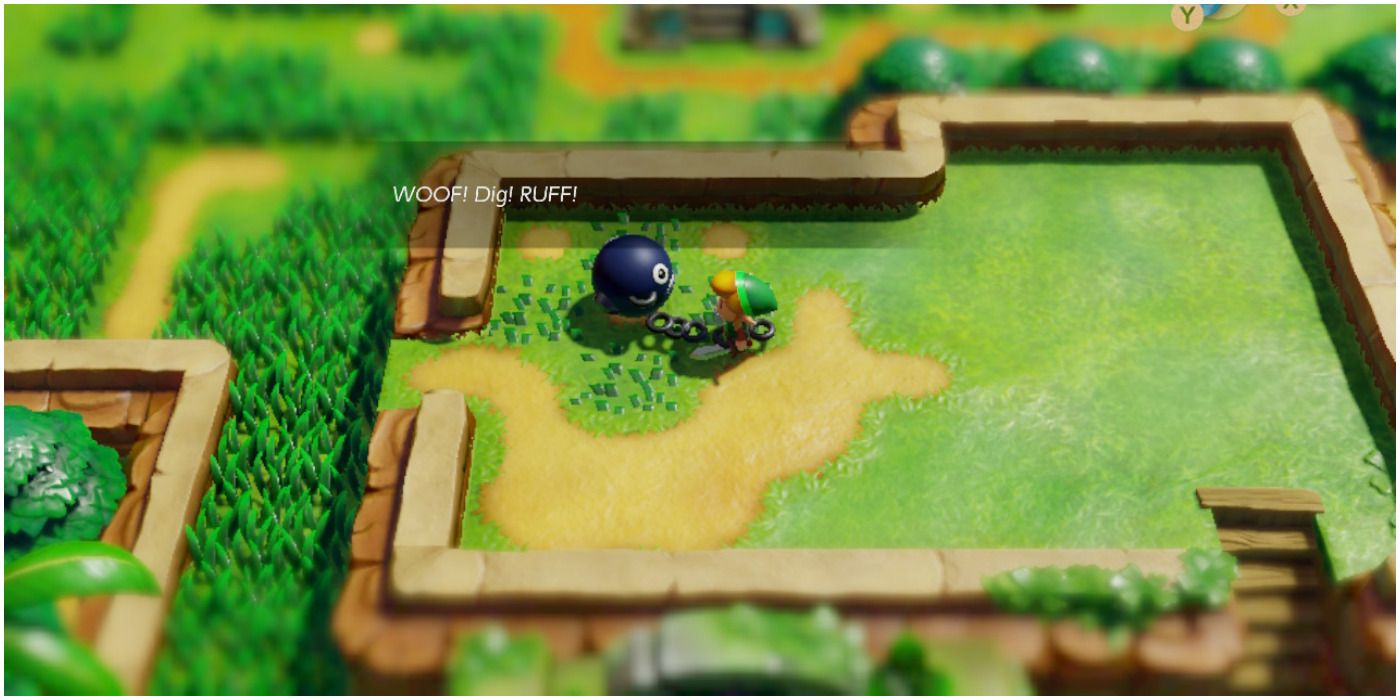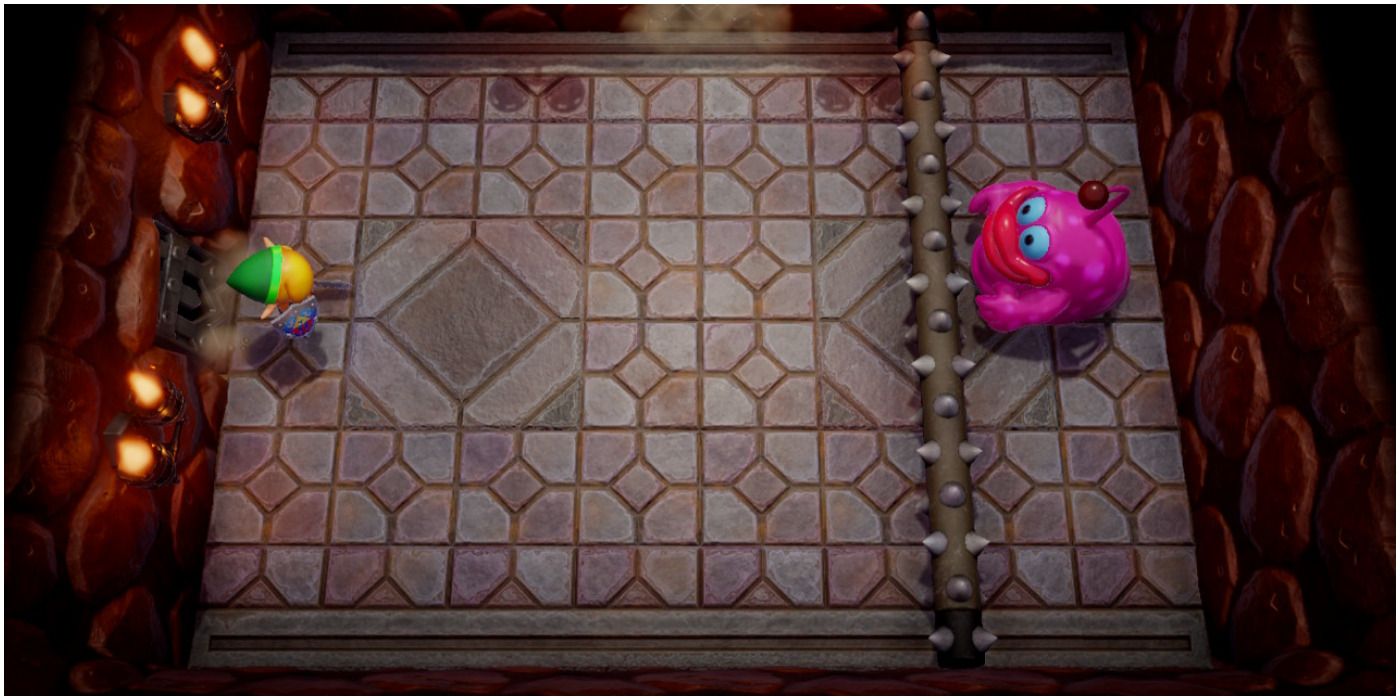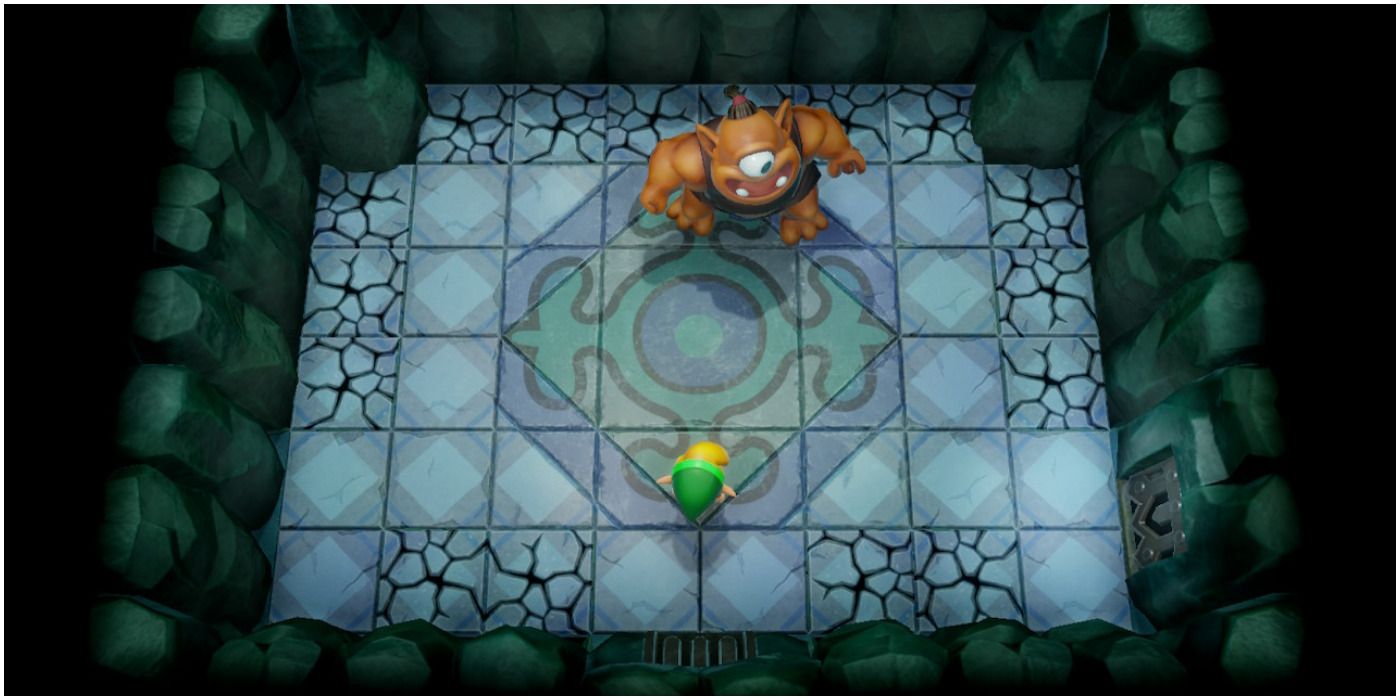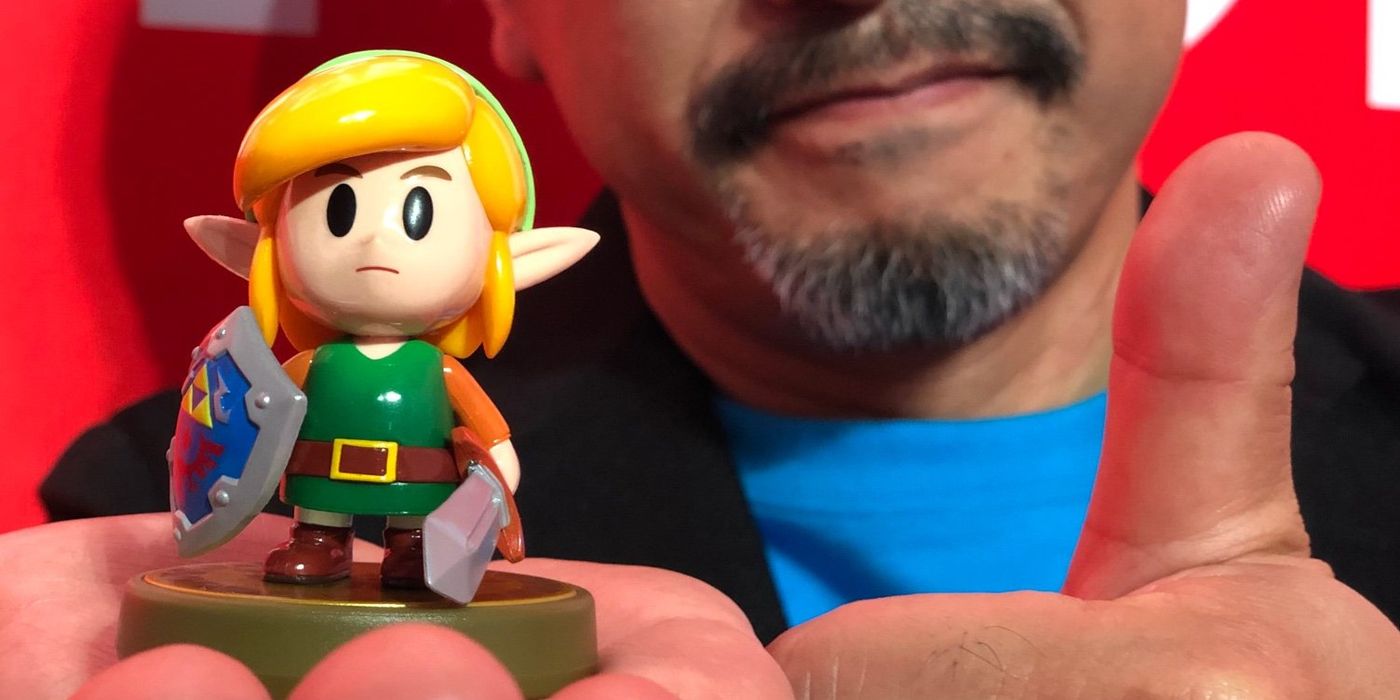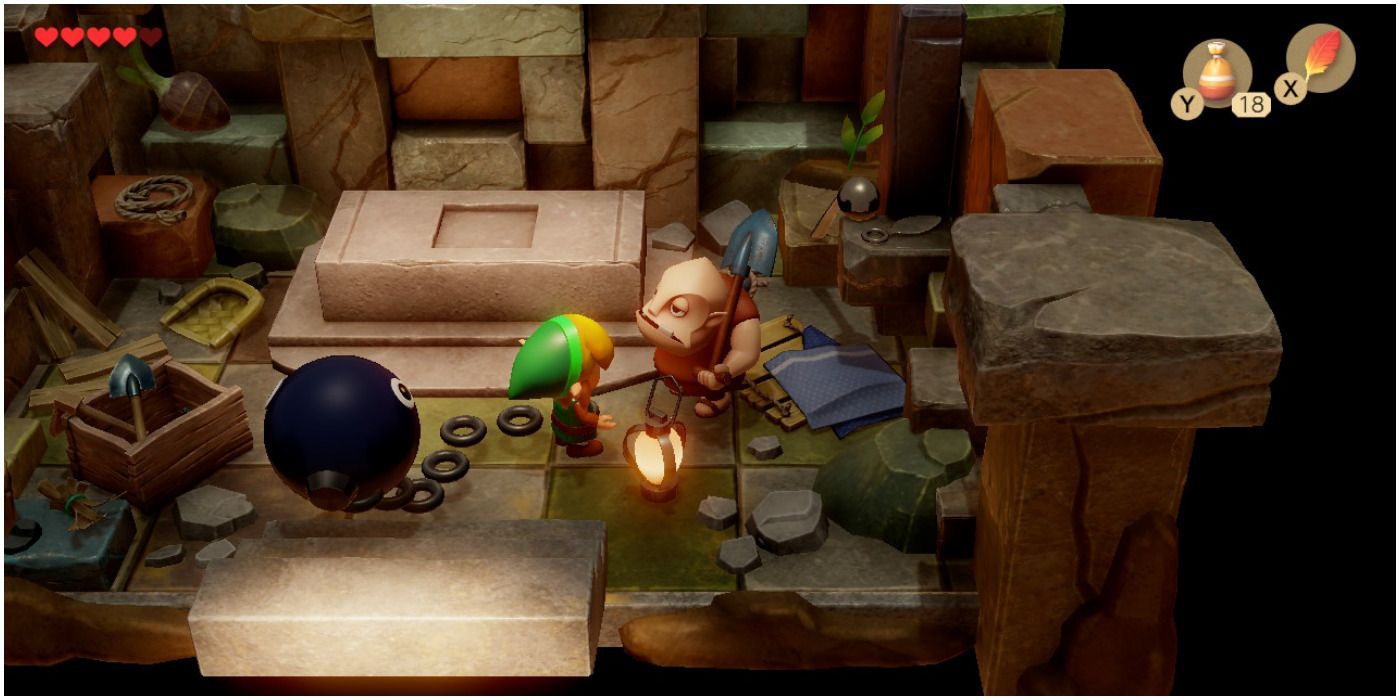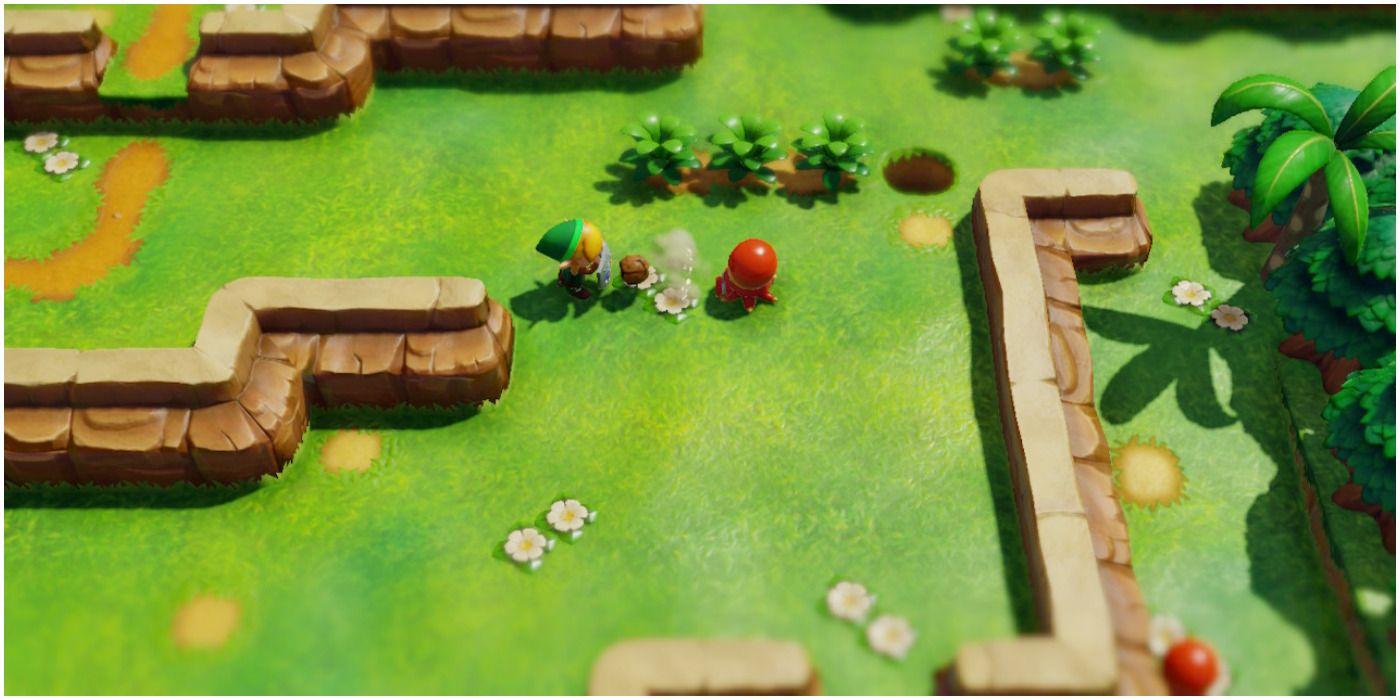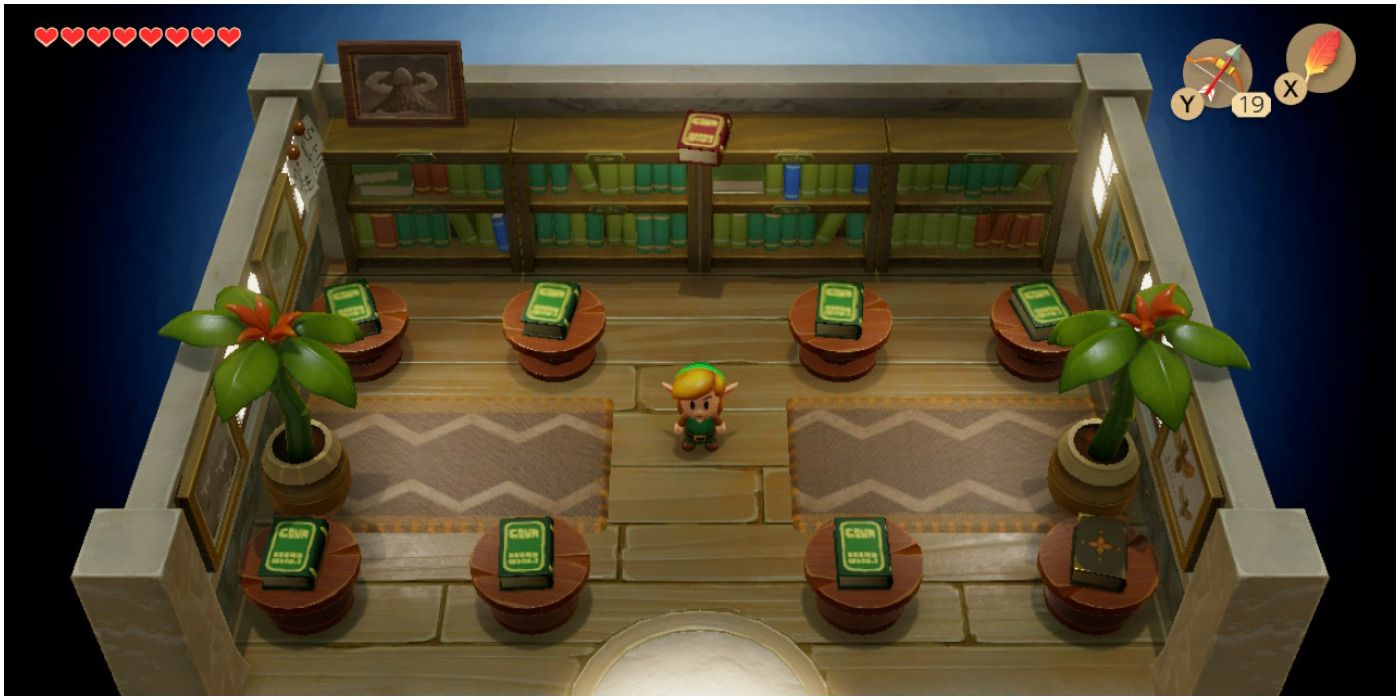Remakes in The Legend of Zelda franchise have a solid track record, but they aren’t perfect by any means. Ocarina of Time 3D messes up the lighting in the game’s climax and the general cinematography isn’t as deliberate as in the N64 original. Majora’s Mask 3D changes up the game so much that it becomes a fundamentally different experience.
To say nothing of The Wind Waker HD’s copious amounts of bloom. That said, these are all great remakes in their own right. Remaking any classic is going to result in issues and Link’s Awakening is no different. It’s certainly a very good game, and a solid remake overall, but it also means there isn’t a definitive version of Link’s Awakening anymore.
10 LOVED: The Art Style
Link’s Awakening’s new art style wasn’t as divisive as The Wind Waker’s originally was, but some fans haven’t been too keen on it. On one hand, it gives away the dream angle front and center, barely even pretending to hide the premise. On the other hand, siad art style fits the game perfectly and is downright gorgeous.
This is one of the best looking aesthetics on the Switch. It really does feel like a reimagining of the Game Boy original’s art style. Fully realized in a format that makes Koholint pop. Best of all, said art style could easily translate to an Oracle of Ages and Oracle of Seasons remake.
9 DIDN’T: The Sword Upgrade Comes Late
In the original game, only 20 Secret Seashells were required before Link could get his Lv. 2 Sword upgrade. Naturally, this low amount of Seashells also meant that players could nab the sword less than halfway through the game. Most won’t, of course, but it’s nice that savvy players can use it for most of the game.
Since the Secret Seashell count has increased from the original game to the remake (from 20 necessary to 50 total,) the Lv. 2 Sword upgrade now comes after the fifth dungeon. That’s a rather long time to have to wait for the sword upgrade, especially since it was available during the first half in the original.
8 LOVED: The Score
Link’s Awakening already had one of the best Legend of Zelda soundtracks in the franchise, but the music has come to life in a new, modern way thanks to the Nintendo Switch. Nintendo’s Game Boy line was never particularly known for its soundchips (with the GBA being a particular offender,) so LA’s score, while good, was limited.
The remake, however, doesn’t have this problem and the soundtrack is beautifully reimagined. It’s more or less faithful, simply updating the music for a modern console. Really, that’s all the game needed to do and the score tends to be something Zelda remakes usually knock out of the park.
7 DIDN’T: Normal Mode
Link’s Awakening was never hard, but it was never easy either. The Legend of Zelda hadn’t quite garnered a reputation for being easy yet. In fact, one could argue that the first four games make up a comfortably difficult franchise. Unfortunately, Link’s Awakening’s remake exists in the world of modern Zelda.
The game as a whole is much easier than the original, but for interesting reasons. With Bottles that can carry Fairies and 20 new Heart Pieces to find in-game, there’s really no reason why a player should struggle at any point. This isn’t even taking into consideration how easy it is to always have Crazy Tracy’s revive active.
6 LOVED: Hero Mode
Thankfully, modern Zelda isn’t all bad. Yeah, the games are easy and they don’t seem to be getting harder anytime soon (debatable with Breath of the Wild’s unique difficulty curve,) but modern Zelda also likes to offer its audience Hero Mode, the series’ signature hard mode. It isn’t always implemented well, but the remake does a solid job here.
Hero Mode removes Hearts from the overworld, removes Fairies from the first fountain, and demands players survive as best they can. It’s easy to die in Hero Mode, but it’s never frustrating. If anything, it’s a great way of learning how to appreciate Link’s Awakening’s finer details.
5 DIDN’T: Amiibo Support Over Online
Nintendo seems to have slowed down a bit with the Amiibo craze, but they do keep coming in full force while selling well. The Amiibo line has gone from “an Amiibo for everything” to “Amiibo for the games that need it.” Unfortunately, “need” is a very loaded word, and that necessity is exactly what ultimately damns Link’s Awakening’s signature new feature— the dungeon maker.
Nintendo gave fans the impression that the dungeon maker would function ala Mario Maker. At the very least, she never clarified otherwise until much later. That the dungeon maker has no online compatibility whatsoever is downright criminal. It’s made worse by the fact that the reasoning stems from Nintendo wanting players to store levels in their Amiibo.
4 LOVED: The Dungeon Maker Side Quest
All that said, it’s actually an insanely cool side quest and one of the best side features in a Zelda game quite possible ever. The sheer amount of organized customization at play is incredible. The side quest slowly teaches players how to build their own dungeons while also offering them new room to experiment with.
As the game continues, the dungeon maker side quest only gets more and more involved, really selling home just how well developed the whole ordeal is. It’s really a shame that Nintendo chose to market the new side quest so poorly, because it is quite clever both in execution and in concept— even if the lack of online stings.
3 DIDN’T: Edge Blur
Motion blur has absolutely no place in gaming and there are almost always better alternatives. If doesn’t add to realism or immersion, it simply detracts from the game’s world as a whole. Unfortunately, Link’s Awakening makes use of an edge blur to delineate “screens” now that the game is no longer functioning on a grid based map.
Most players will get used to the edge blur with time (and it isn’t particularly distracting,) but that’s not a good reason to excuse a bad feature. It’s there and it frankly shouldn’t be. It’s clearly used for loading purposes, but it isn’t as if Link’s Awakening is this massive game that should need copious amount of loading.
2 LOVED: Revisiting Koholint
The Legend of Zelda is such a creative franchise, but it’s held back by its own iconography and legacy. The series can’t seem to detach itself from Hyrule in a meaningful way anymore. Phantom Hourglass, Spirit Tracks, and Tri-Force Heroes all tried and failed spectacularly, winding up as some of the worst games in the series.
Thankfully, Link’s Awakening is a remake of the first Zelda to leave Hyrule and it’s clear that Nintendo wants to embrace that for once. The game does make use of more of the series’ imagery than it should, but this is the furthest from Hyrule fans have been in a long time. To say nothing of just how charming Koholint Island is on a whole.
1 DIDN’T: The Framerate
The framerate isn’t bad by any means and it doesn’t render the game unplayable, but it’s also not great either. For a 2D Zelda to stutter as much as Link’s Awakening does is downright baffling. It seems that the game was running even worse before launch which is quite frankly shocking.
For whatever reason, it seems like framerate stability simply wasn’t prioritized with the Link’s Awakening remake. The original game is plenty smooth and flows well because it’s consistent (for the most part.) Link’s Awakening has very clear dips at times, undermining an otherwise fantastic remake. It’s just a pity Nintendo struggled with framerate for a big Zelda release.

